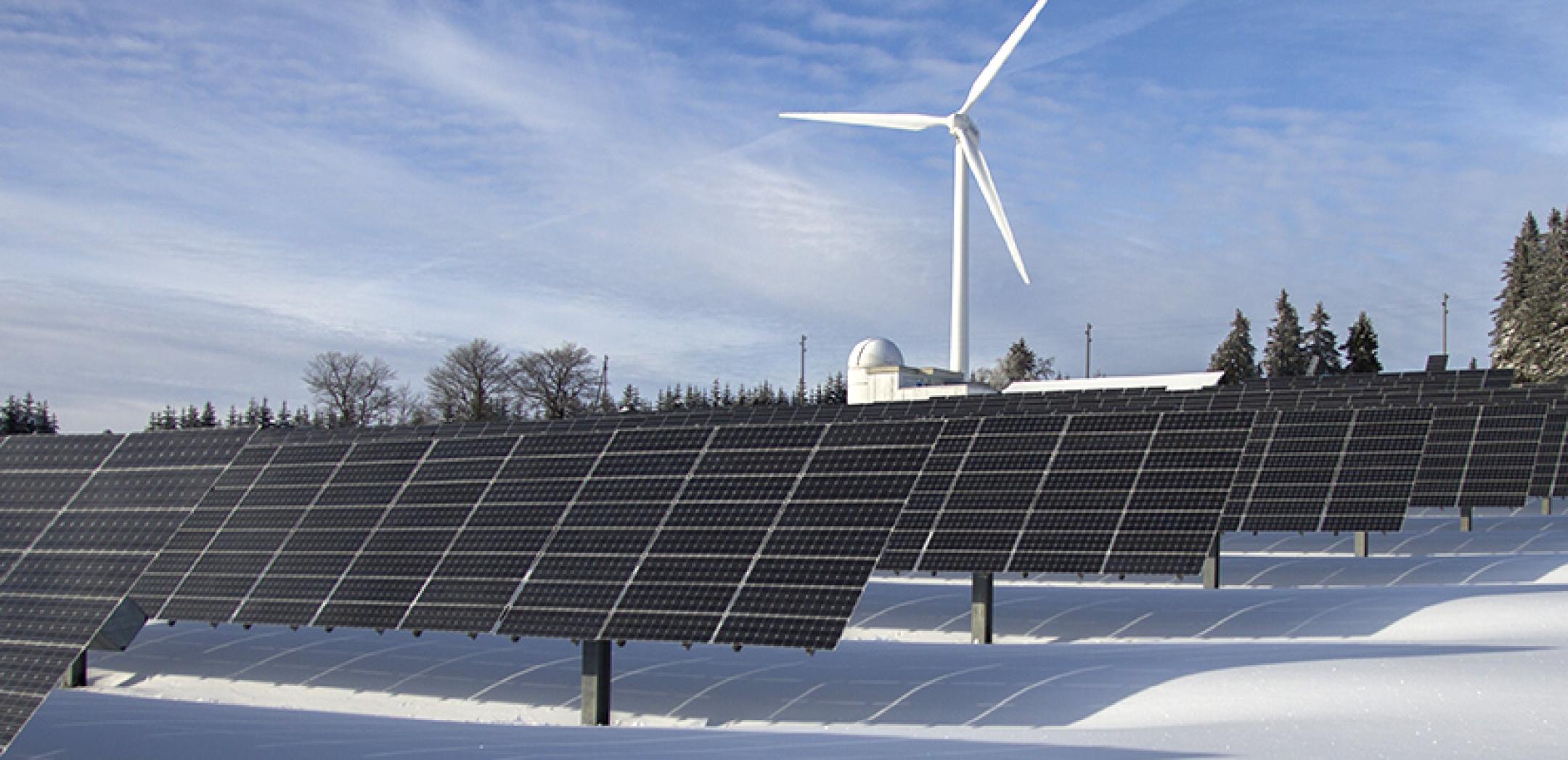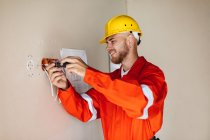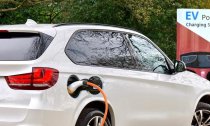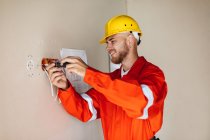How Is Electricity Generated for Your Home?

August 19, 2025
How Is Electricity Generated for Your Home?
It's always fun to flip a switch or push a button to light up your room. Imagine the convenience of using a watching machine or bringing out food from the refrigerator and get it hot with the microwave within minutes. It will be of great interest to know that all those appliances in your home or office are powered by electricity. But have you ever wondered how electrical energy is generated and the process involved in getting them to your home?
The process of getting electrical energy down to your home is complicated. It starts from a generating station that may be situated hundreds of miles away. Then, it takes many steps, reactions, transformations, and complex systems for this to be actualized.
However, the process has been simplified by experts at Neighborhood Electric. So, go nowhere, because you need to get the lowdown from this article.
The electrical energy goes through three major processes before it could be used in our various homes.
- Power generation
- Transmission system and
- Distribution systems.
Electricity is produced in the generating stations with the use of huge generators powered by wind, coal, natural gas, or water (hydropower).
For example, in the hydropower generating stations, highly pressurized steam is sent to large spinning turbines to increase the speed of the spin. The system involves linking up a shaft with the turbine and large magnetic field. This magnetic field is designed to produce electrical energy at high voltages per second.
Transmission Substation
Most electrical power generating stations are developed/installed thousands of miles away from the consumers. The power produced in the generating stations needs to be pushed over long distances.
That is where transmission substations come in the picture. The transmission substations are designed with large transformers that convert or increases the voltage to extremely high levels (115,000-500,000 V range). With this setup, the voltages can travel more efficiently over the transmission lines to the desired step-down substations.
Furthermore, there are lines and poles in the transmission system that helps to transmit this high voltage electrical energy to the substations.
The Power Distribution System
The distribution of the generated power starts from the switching station. Here, the electrical power goes through a step-down or reduction process. Depending on the power inflow to the switching station, it could be stepped down from 500,000 V to approximately 115,000-46,000 V. Then the power will be sent to the substation with variable transformers that will aid its distribution to our homes.
The distribution network involves smaller power lines laid underground or with poles taking it to smaller transformers. In this stage of distribution, the voltage is further reduced to make it safe for usage in various homes.
Electricity in Your Home or Office
From the underground distribution cables, the electrical voltage arrives at the service panel in your basement or garage. The breakers are part of the distribution components designed with fuses to regulate the movement of electricity in your home and to trip off power when there is an overload or breach in the connection.
Lastly, you can get power by plugging your gadgets at the outlets, flip a switch, or do anything with the electricity in your home.
In case you have issues with your electrical wiring, or you need an expert for complex electrical installations in your home or office. Call Neighborhood Electric, and an expert electrician will be sent to your location as soon as possible.








